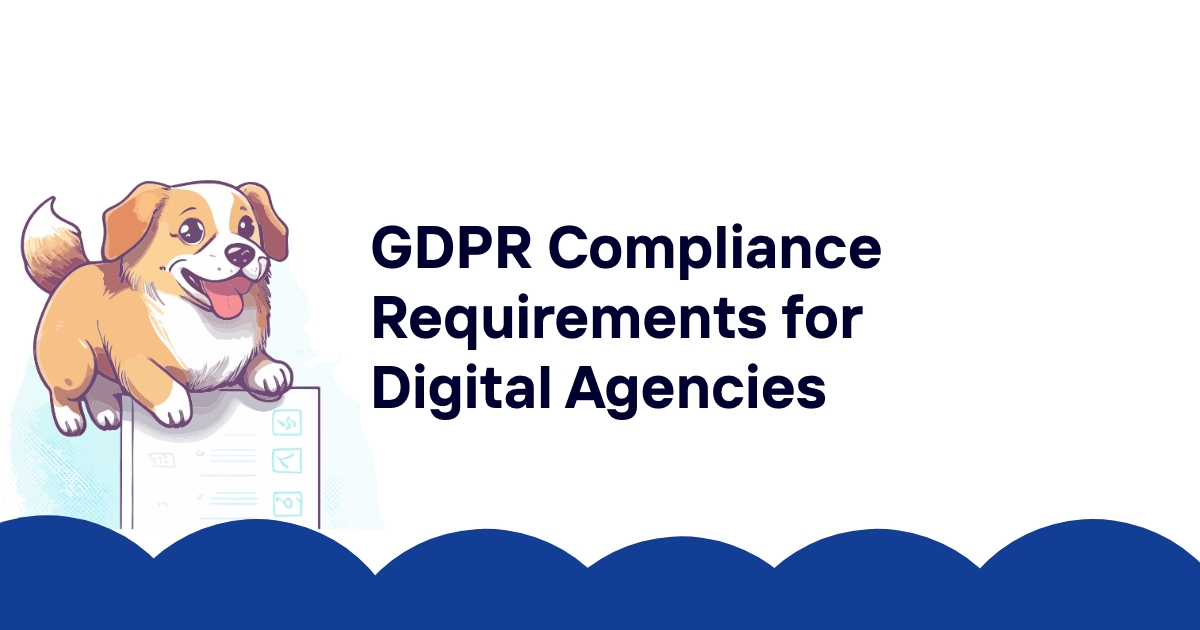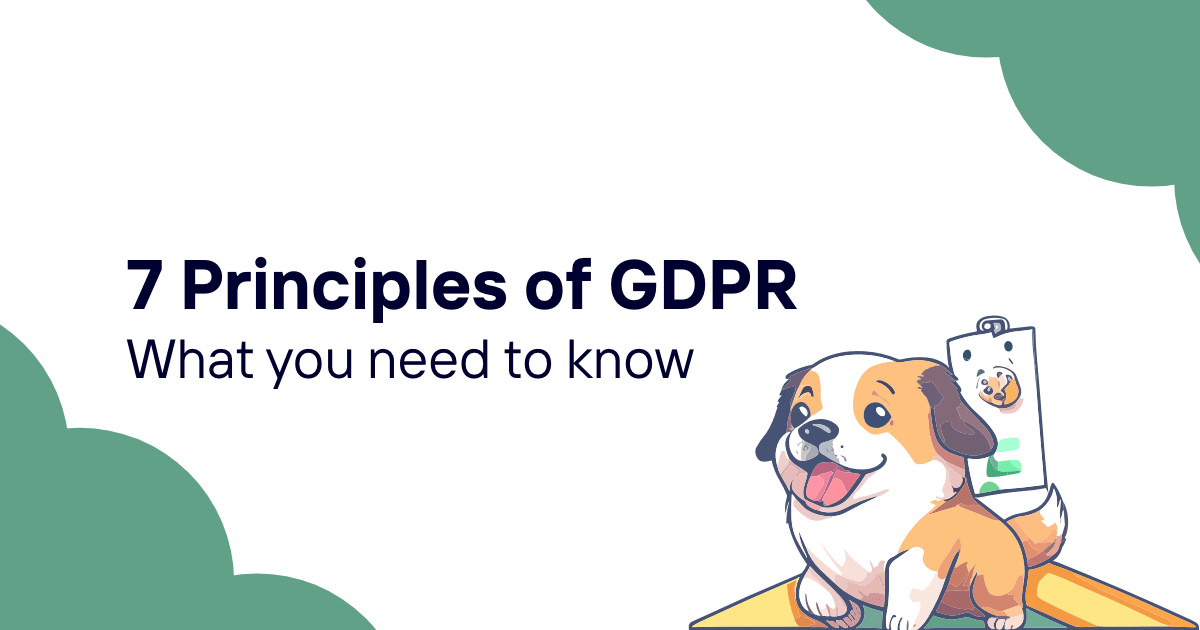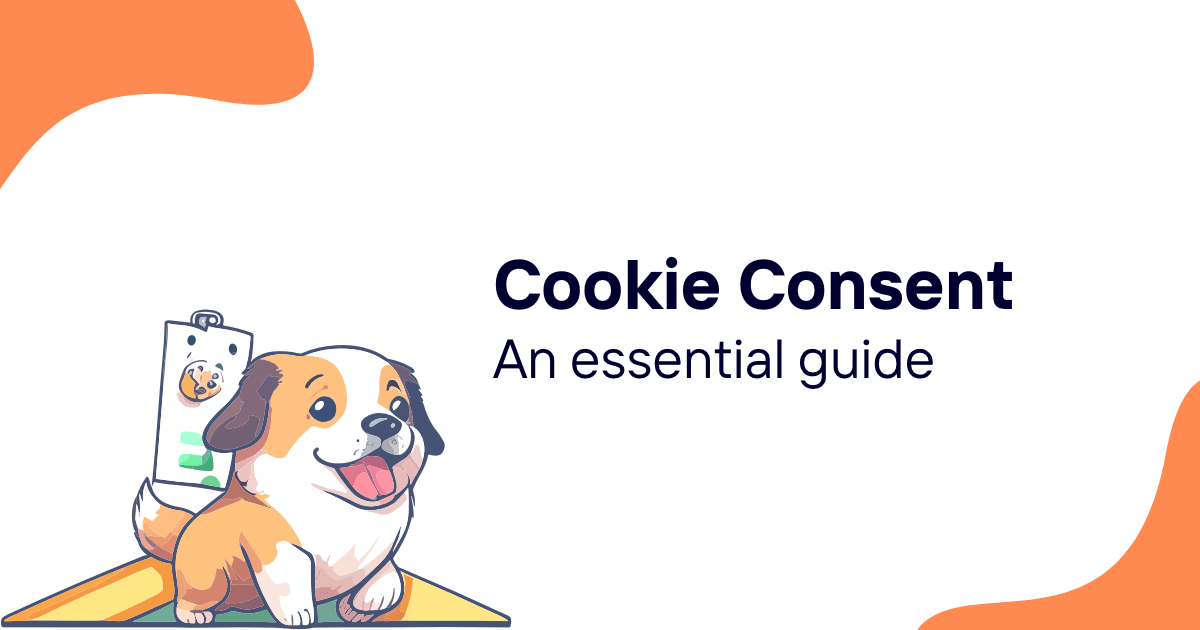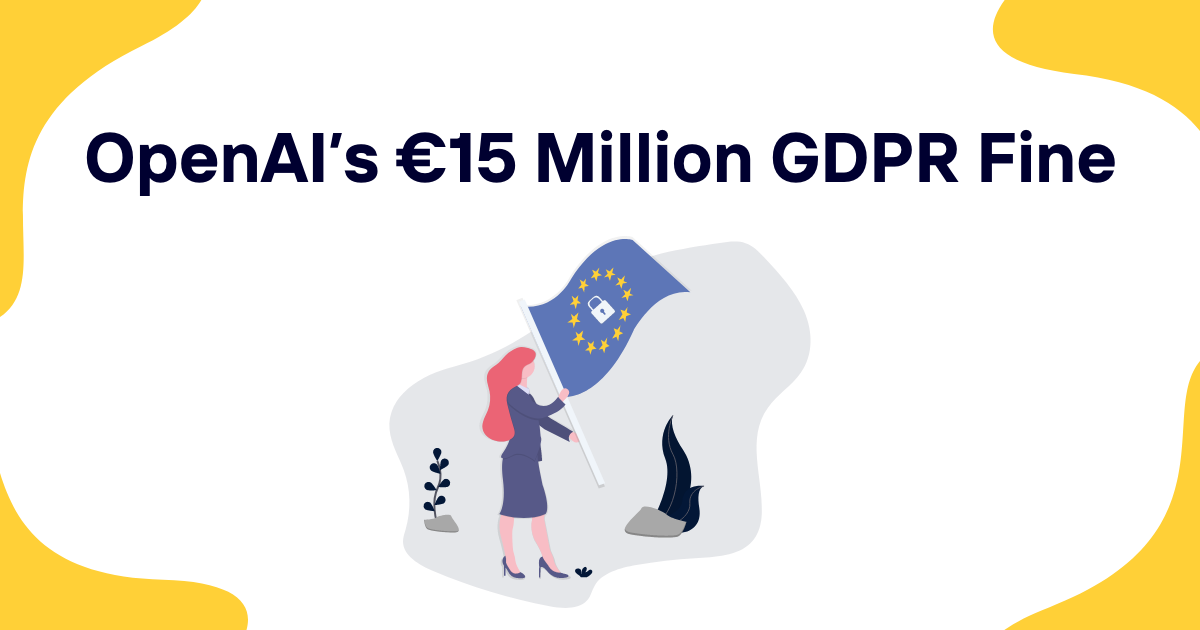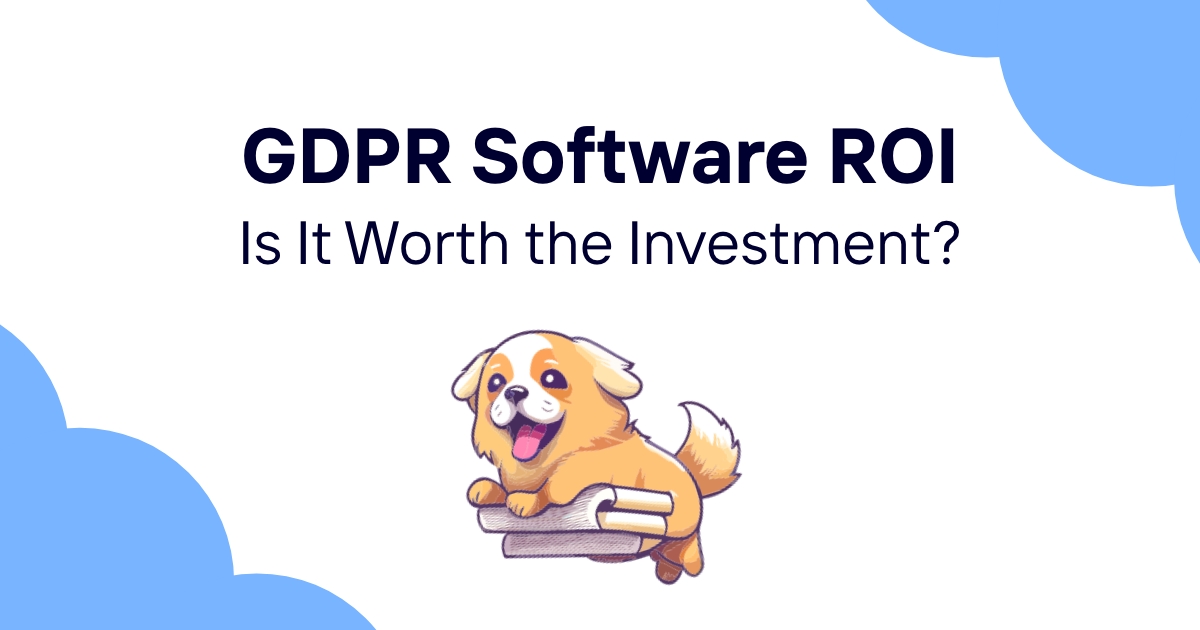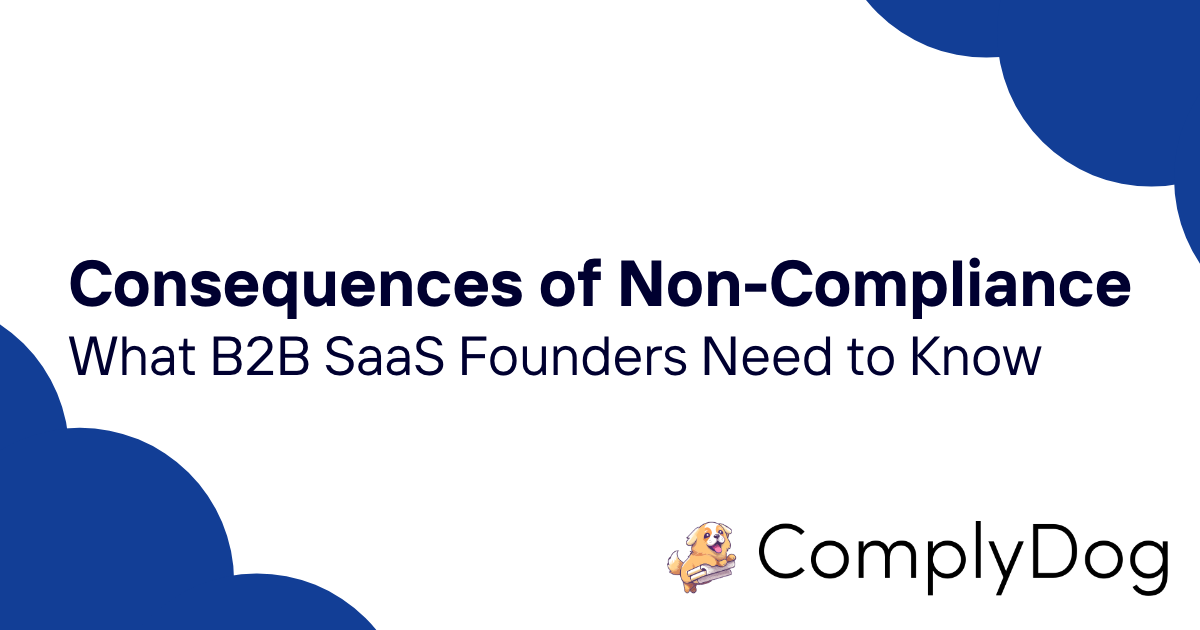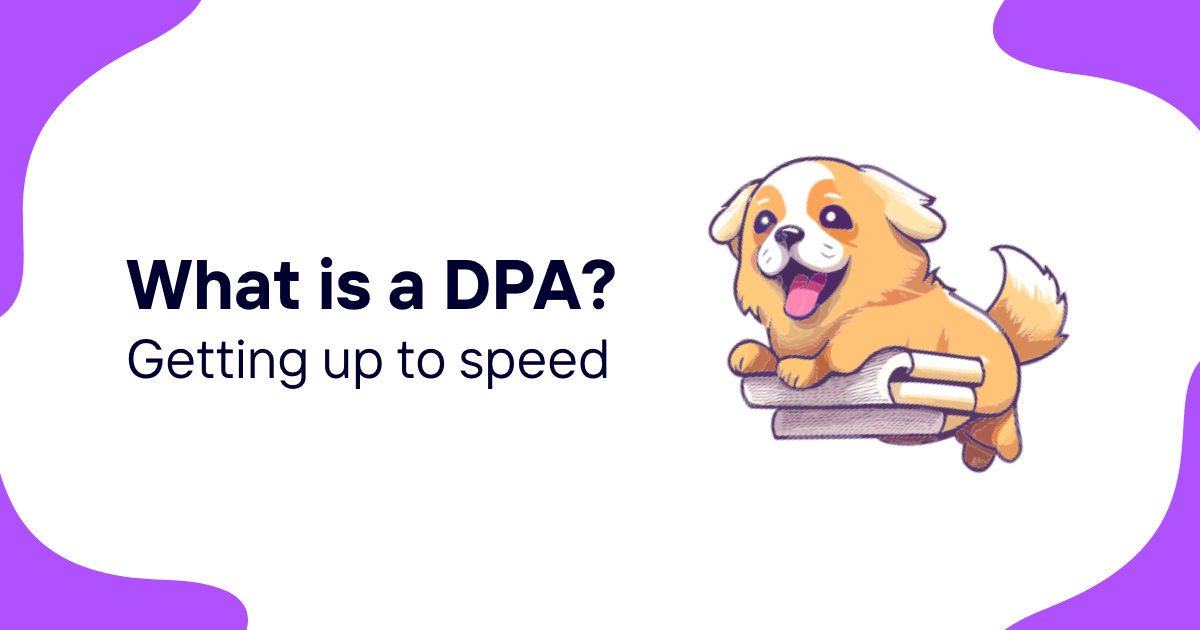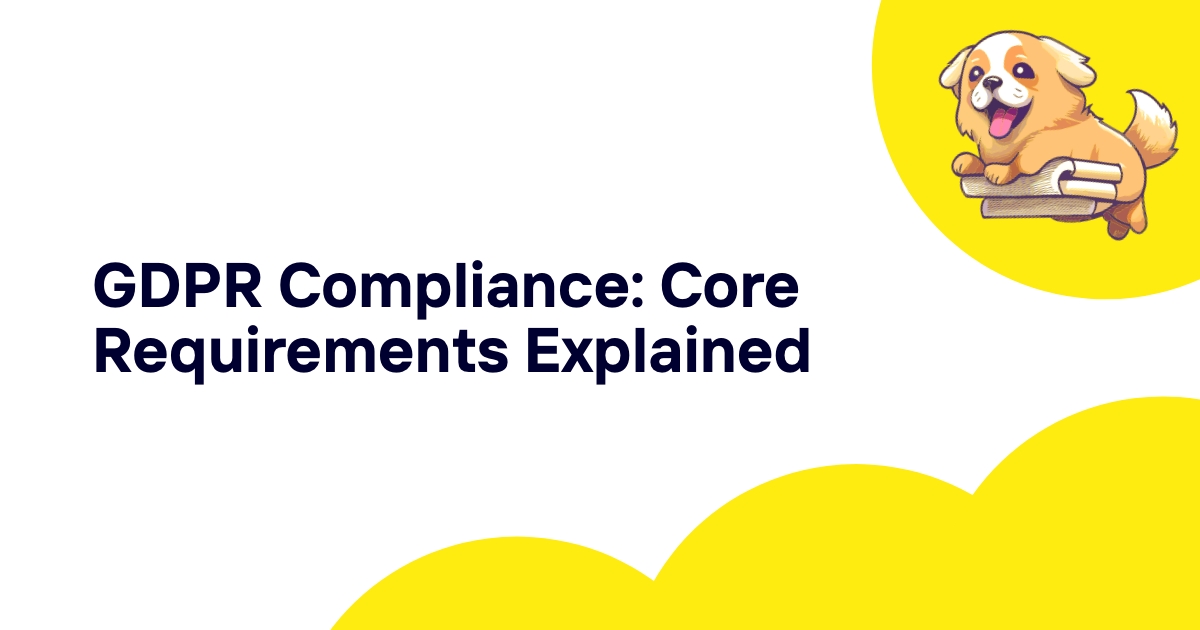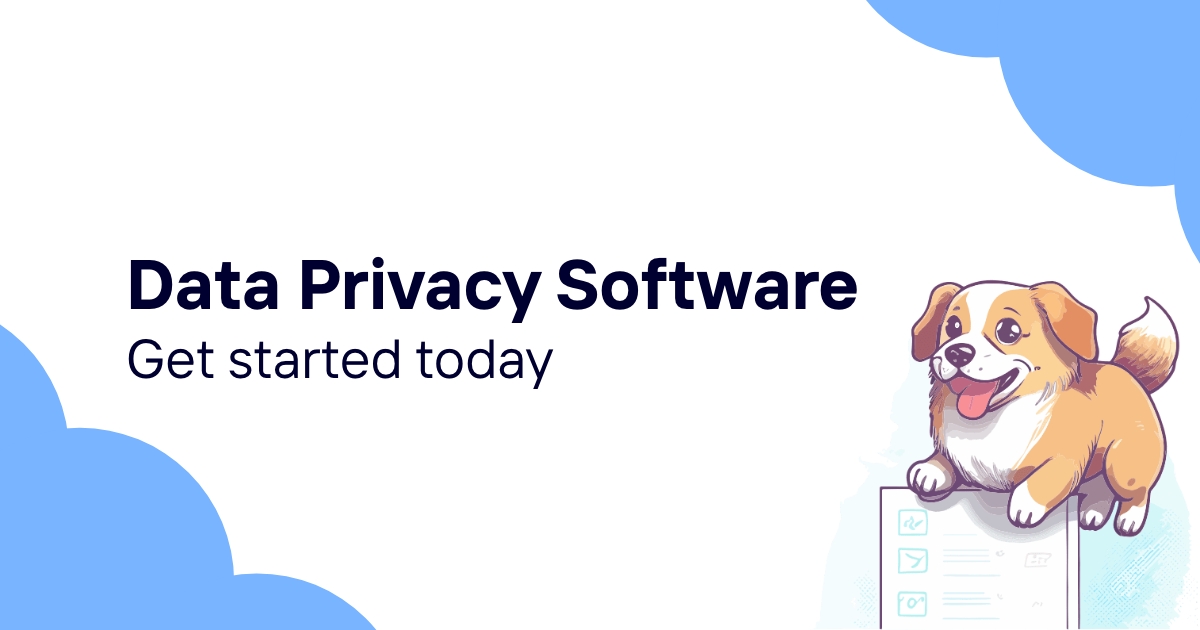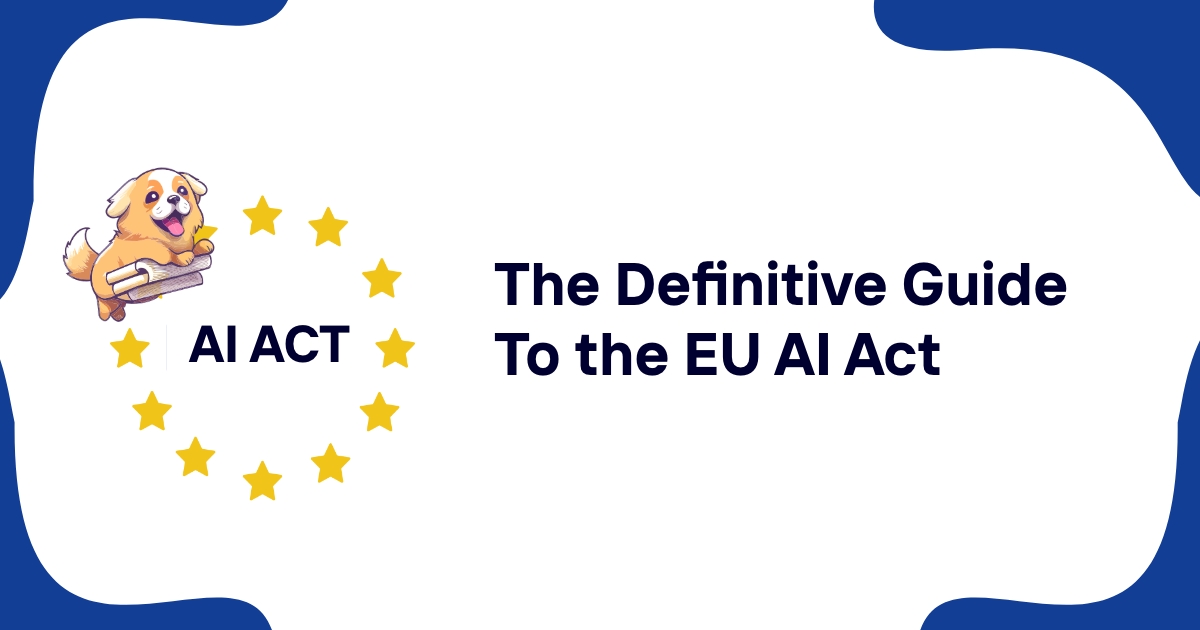Digital agencies handle client data daily, from email addresses to analytics information to payment details. One misstep with European user data can result in fines reaching 4% of global revenue. Yet many agencies operate without clear data protection frameworks, assuming their clients bear all responsibility.
This assumption proves costly. Under GDPR, agencies often function as data processors, carrying specific legal obligations and potential liability. The regulation doesn't distinguish between large corporations and small creative shops—the same rules apply across the board.
Table of contents
- Understanding GDPR scope for agencies
- Data controller vs data processor: Which are you?
- Legal obligations for agencies under GDPR
- Data processing agreements: Your legal foundation
- Compliance requirements by agency type
- Managing data subject requests
- Data breach protocols for agencies
- Cross-border data transfers
- Staff training and internal procedures
- Common compliance mistakes agencies make
- Building GDPR into client contracts
- Regular compliance monitoring
- Technology solutions for agency compliance
Understanding GDPR scope for agencies
GDPR applies to any organization processing personal data of EU residents, regardless of where that organization operates. For agencies, this creates a web of compliance requirements based on client locations and data flows.
Geographic scope extends beyond EU borders. A New York marketing agency managing campaigns for London-based clients must follow GDPR protocols for that European data. The same applies to Australian design studios working with German companies or Canadian development shops building platforms for French businesses.
Personal data under GDPR includes obvious elements like names and email addresses, but extends to IP addresses, device identifiers, location data, and behavioral tracking information. Most agency work involves at least some of these data types.
The regulation distinguishes between different processing activities based on risk levels. High-risk processing—such as automated decision-making or large-scale monitoring—triggers additional requirements like Data Protection Impact Assessments (DPIAs).
Data controller vs data processor: Which are you?
Your role under GDPR depends on your relationship with the data and decision-making authority. Controllers determine why and how personal data gets processed. Processors handle data on behalf of controllers.
Most agencies function as processors when executing client campaigns, managing client websites, or analyzing client data. The client (controller) sets the purposes and methods, while the agency (processor) carries out the work according to instructions.
But agencies often wear both hats. When collecting prospect information through your own website contact forms, you're the controller. When accessing client customer databases to design email campaigns, you're the processor.
Signs you're acting as a data controller:
- You collect data for your own business purposes
- You determine what data to collect and why
- You decide how long to retain information
- You choose data storage and security methods
- You set data sharing policies with third parties
Signs you're acting as a data processor:
- You handle data according to client specifications
- Your data processing activities are defined by contracts
- You process data solely for the client's purposes
- You follow client instructions for data retention and deletion
- You obtain client approval before engaging sub-processors
The distinction matters because controllers and processors have different legal obligations and liability exposure. Controllers bear primary responsibility for lawful processing, while processors face specific duties around security, confidentiality, and cooperation.
Legal obligations for agencies under GDPR
As data processors, agencies must fulfill several mandatory requirements that go beyond general business practices.
Processing only under instructions
Agencies can only process personal data according to documented client instructions. This means following specific guidelines about data collection, use, storage, and deletion. Processing data beyond client instructions—even with good intentions—violates GDPR.
Maintaining data confidentiality
All staff with access to client data must sign confidentiality agreements. Only authorized personnel should handle personal information, and access controls must prevent unauthorized viewing or modification.
Implementing appropriate security measures
Technical and organizational measures must protect personal data against unauthorized access, alteration, disclosure, or destruction. This includes encryption, access controls, regular backups, and incident response procedures.
Assisting with data subject requests
When individuals exercise their GDPR rights (access, correction, deletion, portability), agencies must help clients respond. This requires systems to identify, retrieve, modify, or delete specific personal data upon request.
Notifying clients of data breaches
Agencies must inform clients about personal data breaches without undue delay, typically within 72 hours of discovery. Notifications should include breach details, affected data types, potential consequences, and remedial actions taken.
Maintaining processing records
Detailed records of processing activities must be kept, including data categories processed, processing purposes, data retention periods, and security measures applied. These records must be available for supervisory authority inspections.
Data processing agreements: Your legal foundation
Data Processing Agreements (DPAs) form the legal backbone of agency-client relationships under GDPR. These contracts specify how personal data gets handled and define responsibilities for both parties.
Required DPA elements include:
- Subject matter and duration of processing
- Nature and purpose of processing activities
- Categories of personal data processed
- Categories of data subjects involved
- Client obligations and rights
- Agency duties and limitations
- Technical and organizational security measures
- Sub-processor authorization procedures
- Data breach notification protocols
- Data transfer mechanisms for international clients
- Data deletion or return procedures after contract termination
DPAs protect agencies by clearly defining processing boundaries and client approval requirements. They also demonstrate compliance efforts to supervisory authorities during investigations.
Standard contract templates provide starting points, but each client relationship requires customized terms based on specific data flows and processing activities.
Compliance requirements by agency type
Different agency specializations face varying GDPR challenges based on their typical data processing activities.
Digital marketing agencies
Marketing agencies handle extensive personal data through campaign management, audience targeting, and performance analytics. Common processing activities include:
- Email list management and segmentation
- Social media advertising and retargeting
- Website analytics and conversion tracking
- Lead generation and scoring systems
- Customer journey mapping and attribution
Key compliance considerations:
- Consent mechanisms for email marketing and tracking
- Cookie and tracking pixel disclosures
- Data sharing with advertising platforms
- Cross-device identification and profiling
- Retention periods for campaign data
Web development agencies
Development agencies process personal data through website functionality, user accounts, and e-commerce systems. Typical activities include:
- User registration and authentication systems
- Payment processing and transaction data
- Content management and user-generated content
- Analytics implementation and tracking setup
- Third-party integration configuration
Key compliance considerations:
- Privacy-by-design principles in system architecture
- Data minimization in form design and data collection
- Secure coding practices and vulnerability testing
- Integration compliance for third-party services
- Database security and access controls
Creative and design agencies
Creative agencies may seem less data-intensive, but often handle personal information through client collaboration and project management. Common activities include:
- Client communication and project documentation
- Asset management with metadata and contributor information
- Collaborative platform usage and file sharing
- Time tracking and billing systems
- Portfolio development and case studies
Key compliance considerations:
- Client data protection in collaborative tools
- Consent for using client work in portfolios
- Secure file sharing and storage practices
- Staff access controls for client information
- Data retention policies for project files
Managing data subject requests
EU residents can exercise several rights regarding their personal data, and agencies must help clients respond to these requests promptly and accurately.
Right of access
Individuals can request copies of their personal data and information about how it gets processed. Agencies need systems to locate and extract specific individual data across client databases and platforms.
Right to rectification
When personal data is inaccurate or incomplete, individuals can request corrections. Agencies must have procedures to update data across all relevant systems and notify third parties about changes.
Right to erasure (right to be forgotten)
Individuals can request deletion of their personal data under specific circumstances. Agencies must identify all instances of an individual's data and securely delete it from active systems and backups.
Right to data portability
Individuals can request their personal data in a structured, machine-readable format for transfer to another service. This typically applies to data provided directly by the individual.
Right to object
Individuals can object to processing based on legitimate interests, direct marketing, or profiling. Agencies must stop processing unless they can demonstrate compelling legitimate grounds.
Request handling procedures should include:
- Identity verification to prevent unauthorized requests
- Data location and extraction across multiple systems
- Response timing within one month (extendable to three months for complex requests)
- Fee assessment for manifestly unfounded or excessive requests
- Documentation of actions taken and responses provided
Data breach protocols for agencies
Data breaches involving personal data trigger specific notification and response requirements under GDPR. Agencies must establish procedures to detect, assess, and respond to potential breaches quickly.
Breach detection and assessment
Agencies should implement monitoring systems to detect unauthorized access, data theft, accidental disclosure, or system compromises. Not every security incident constitutes a personal data breach—assessment criteria help determine when GDPR requirements apply.
Breach assessment factors:
- Types of personal data involved
- Number of affected individuals
- Potential consequences for data subjects
- Likelihood of actual harm occurring
- Ability to mitigate adverse effects
Client notification requirements
Agencies must notify affected clients about personal data breaches without undue delay, typically within 72 hours of becoming aware of the breach. Notifications should include available information about the incident, even if investigation continues.
Breach notification content:
- Description of the incident and affected data types
- Number of data subjects and data records involved
- Likely consequences for affected individuals
- Measures taken to address the breach
- Recommendations for client actions
- Contact information for further details
Breach documentation
All personal data breaches must be documented, regardless of whether they require notification to supervisory authorities. Documentation helps demonstrate compliance and supports incident response improvements.
Individual notification
When breaches pose high risk to individual rights and freedoms, affected data subjects must be notified directly. This typically occurs when identity theft, financial fraud, or significant harm could result from the breach.
Cross-border data transfers
Many agencies operate across international boundaries, serving clients in multiple countries and using global service providers. GDPR restricts personal data transfers outside the European Economic Area (EEA) unless adequate protection exists.
Adequacy decisions
The European Commission has determined that certain countries provide adequate data protection levels, allowing unrestricted transfers. These include:
- Argentina, Canada (commercial organizations), Israel, Japan, New Zealand, South Korea, Switzerland, United Kingdom, and Uruguay
- Specific US organizations certified under the EU-US Data Privacy Framework
Standard contractual clauses
For transfers to countries without adequacy decisions, Standard Contractual Clauses (SCCs) provide approved contractual safeguards. These standardized contracts include specific data protection obligations and individual rights.
Transfer impact assessments
Agencies must assess whether local laws in destination countries might undermine data protection safeguards. This includes government surveillance programs, data localization requirements, or inadequate legal remedies.
Data localization considerations
Some processing activities might require keeping personal data within specific geographic boundaries. This affects cloud service selection, backup storage, and disaster recovery planning.
Staff training and internal procedures
Human error causes many data protection violations. Comprehensive staff training and clear internal procedures help prevent mistakes and demonstrate compliance commitment.
Training program elements
Regular training should cover GDPR principles, agency-specific procedures, and practical scenarios employees might encounter. Training frequency depends on role responsibilities and regulatory updates.
Training topics include:
- Personal data identification and classification
- Lawful processing bases and consent requirements
- Data subject rights and request procedures
- Security measures and access controls
- Incident reporting and breach response
- Data retention and deletion procedures
Access controls and role-based permissions
Not all staff need access to all client data. Role-based access controls limit data exposure and reduce breach risks. Regular access reviews ensure permissions remain appropriate as responsibilities change.
Data handling procedures
Written procedures provide step-by-step guidance for common data processing activities. These should cover data collection, storage, sharing, retention, and deletion across different client projects and platforms.
Documentation and audit trails
Maintaining records of data processing activities, security measures, and compliance efforts demonstrates accountability. Audit trails help track data access, modifications, and sharing for compliance monitoring and incident investigation.
Common compliance mistakes agencies make
Understanding typical GDPR violations helps agencies avoid costly mistakes and enforcement actions.
Assuming client responsibility covers everything
Many agencies believe clients bear all GDPR responsibility as data controllers. While controllers have primary obligations, processors face independent duties and potential liability for violations.
Processing data beyond client instructions
Using client data for internal analysis, business development, or other purposes beyond contracted services violates processor obligations. Even seemingly beneficial activities require explicit client authorization.
Inadequate security measures
Basic password protection and standard software configurations don't meet GDPR security requirements. Agencies need encryption, access controls, monitoring, and regular security assessments appropriate to processing risks.
Missing or incomplete DPAs
Generic contract terms or missing data processing agreements create compliance gaps and liability exposure. Each client relationship requires specific DPA terms reflecting actual data processing activities.
Poor breach response procedures
Delayed breach notifications, inadequate investigation procedures, or missing documentation can compound compliance violations and increase penalties.
Ignoring data subject requests
Failing to respond to individual rights requests within required timeframes constitutes a separate violation regardless of other compliance efforts.
Inadequate staff training
Compliance training limited to management or technical staff leaves gaps when all employees handle personal data in various capacities.
Building GDPR into client contracts
Client contracts should address data protection responsibilities beyond basic DPA requirements. This protects agencies from liability and clarifies expectations.
Liability allocation clauses
Contracts should specify which party bears responsibility for different types of GDPR violations. This helps prevent disputes and establishes financial accountability.
Indemnification provisions
Mutual indemnification clauses protect both parties from losses caused by the other's non-compliance. These should cover regulatory fines, legal costs, and damages from data protection violations.
Data protection warranties
Clients should warrant they have lawful bases for data processing and appropriate consent for agency activities. Agencies should warrant they'll implement adequate security measures and follow processing instructions.
Termination and data return
Clear procedures for data deletion or return after contract termination prevent ongoing compliance obligations and reduce retention risks.
Amendment procedures
GDPR requirements evolve through enforcement decisions and regulatory guidance. Contracts should include mechanisms for updating data protection terms as needed.
Regular compliance monitoring
GDPR compliance requires ongoing effort, not one-time implementation. Regular monitoring helps identify issues before they become violations.
Compliance audits
Periodic internal audits assess current practices against GDPR requirements and identify improvement opportunities. These should cover technical measures, organizational procedures, and documentation practices.
Data mapping updates
Data flows change as clients, services, and technologies evolve. Regular data mapping updates ensure processing records remain accurate and complete.
Security assessments
Technical security measures need regular testing and updates to address new threats and vulnerabilities. This includes penetration testing, vulnerability assessments, and security control reviews.
Staff compliance monitoring
Regular checks ensure staff follow established procedures and identify additional training needs. This includes access log reviews, procedure compliance checks, and feedback collection.
Vendor management
Third-party services used for client work must meet GDPR requirements. Regular vendor assessments ensure ongoing compliance and identify risks from service changes.
Technology solutions for agency compliance
Modern compliance tools can automate many GDPR requirements and reduce manual effort while improving accuracy and consistency.
Data discovery and mapping tools automatically identify personal data across systems and track data flows. This supports accurate processing records and efficient data subject request responses.
Privacy management platforms centralize consent management, request handling, and compliance monitoring. These integrate with existing tools and provide audit trails for compliance demonstration.
Security tools including encryption, access management, and monitoring systems protect personal data and detect potential breaches. Cloud-based solutions often provide enterprise-grade security at accessible prices.
Automated backup and disaster recovery services help ensure data availability while meeting retention and deletion requirements. These typically include encryption and geographic restrictions for GDPR compliance.
Compliance software platforms combine multiple tools into integrated solutions designed specifically for data protection requirements. These can significantly reduce the complexity and cost of GDPR compliance for agencies of all sizes.
ComplyDog provides agencies with comprehensive GDPR compliance tools designed specifically for software businesses. The platform automates data discovery, manages processing records, handles data subject requests, and monitors compliance across client relationships. By centralizing compliance activities in a single platform, agencies can reduce complexity, demonstrate accountability, and focus on delivering client value while maintaining robust data protection standards.
